“Never let a weed see Sunday.”
That familiar but rather ancient seasonal phrase reminds me of George Barron’s version to “hoe the ground the first dry day every week” during the growing season.
Truth to tell, he was specifically referring to nursery and vegetable growing areas.
As time marches on, I now need a bit of help to be able to keep up with that old adage which, in my case relates to all the open ground areas around the garden.
One way of overcoming the problem amongst the permanent plantings is to mulch; another, which I prefer where appropriate, is to plant one or two ground cover specimens.
However, in situations like a fruit garden for example, choosing a mulch with composted bark or well-rotted compost would be very appropriate.
Unwanted species
Applied to weed-free surfaces to a depth of 5cm to 10cm would be spot on.
What’s to be done however, if the area in question is infested with one or two tenacious and spreading unwanted species like Creeping Buttercup, or worse still Bishop weed (sometimes referred to as Ground Elder), and the daddy of them all Horsetail (Mare’s tail)?
The common denominator is that they have a very persistent and sometimes spreading root system.
Although you may remove the top growth (more than once) the plant does have the ability to grow again, using the energy stored in the roots.
Perversely, that stored power actually comes from the leaves in the first place, because the leaves are the food-manufacturing units of the plant.
If you remove the tops by hoeing every time the plant tries to re-grow, it has to use more of the stored energy, and if you persist, that store will be used up.
As all of us who have tried this technique will testify, it “files taks a lang time”.
Nasty chemicals
Even the use of a weedkiller, containing the chemical glyphosate, may not solve the problem “in a oner”.
The clock has now gone full circle, we have reached an age when the use of herbicides is frowned upon.
That does take me back to a previous time when the most common weedkiller was sodium chlorate – a nasty chemical really only used for paths and areas of bare ground and certainly NOT to be used amongst plants you wished to keep.
That brings back memories of my student days and an appropriate wee story.
Staying in student accommodation at Auchincruive, two of us were approached and asked if we fancied a regular evening job – for money.
A local businessman with retail premises in Ayr passed our hall of residence every evening about 6pm on his way home (a rather nice country house some miles up the road called The Cushets).
One night a week all summer, he picked us up en route and while he changed, etc, we got the tools out; he then joined us and we worked to about 9pm when supper was served, before he took us back to the college.
With confirmation that we would be available the following week he handed us each a 10 shilling note and off he went…
Some people have all the luck. Doesn’t seem a lot of dosh, but hey, that was back in 1955.
NOW to my point.
Our first job every week was to Dutch hoe the rose garden which was infested with little shoots like mini fir-trees – the dreaded Horsetail (Equisetum).
It was a decent summer, so these little shoots were soon desiccated, no need to gather them up.
By the end of that summer growing season, the rose garden was as clean as a whistle.
Back to the old adage – make time to hoe every week and by so doing, no weeds will live to see a Sunday.
Ground cover
Now that you have cleaned up by removing unwanted guests, what’s to be done?
In some areas, the answer maybe that mulch I referred to earlier, but that might not appeal.
How about “ground cover” then, using other plants?
I have two in the garden, one of which is showing invasive tendencies – in other words, it is spreading fast but it is doing the job and it looks good.
Check it out – Maianthemum bifolium.
I first saw this plant in a Tibetan-themed garden in the Borders and I am happy to report that it is enjoying Aberdeenshire.
The other one is not so vigorous but it too is doing a good job: Cornus canadensis – the Creeping Dogwood.
Sounds odd but this little cracker is related to some of the popular larger shrubs seen in many gardens.
It would not compete with the Maianthemum for vigour, it is a little more refined but it is attractive and does the job.
Interestingly enough, both thrive under significant shade and not surprisingly both have white flowers.
And finally, it will soon be time to protect the strawberry plants with a bit of netting.
I have some in growbags, flowering well right now so out will come the Rokolene netting this week, if we are to deny the Blackies a sumptuous feast and harvest some juicy fruits for ourselves.
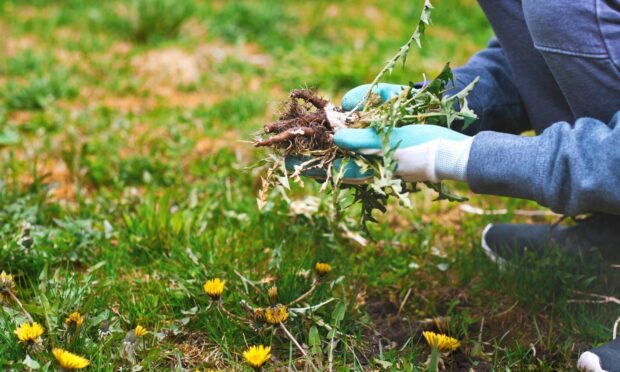
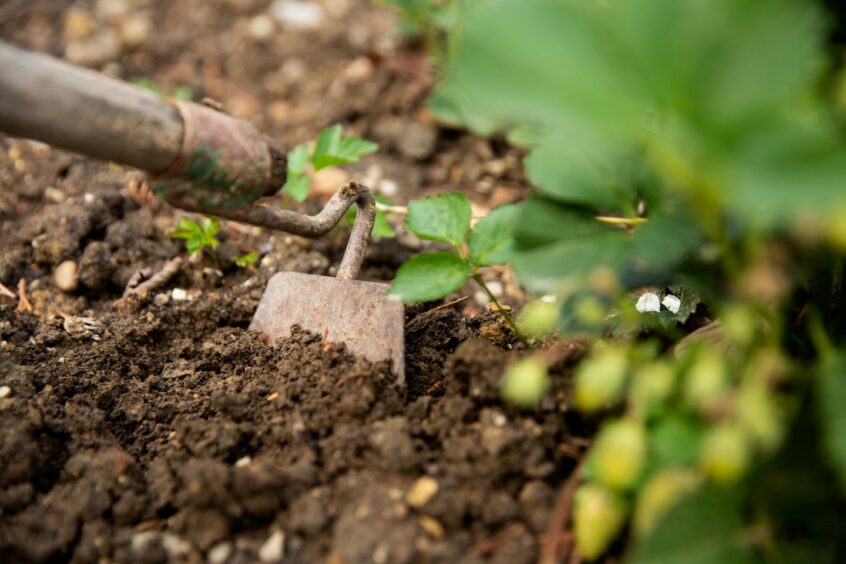
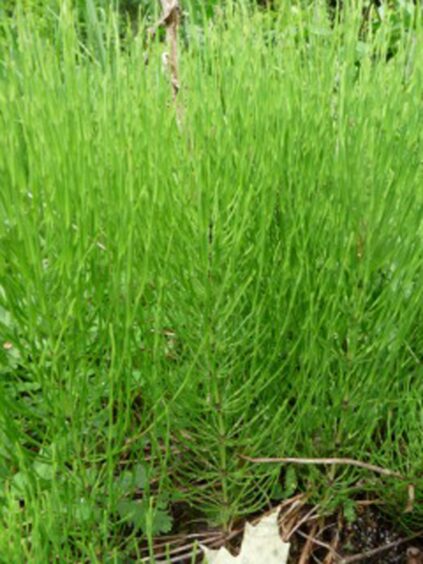
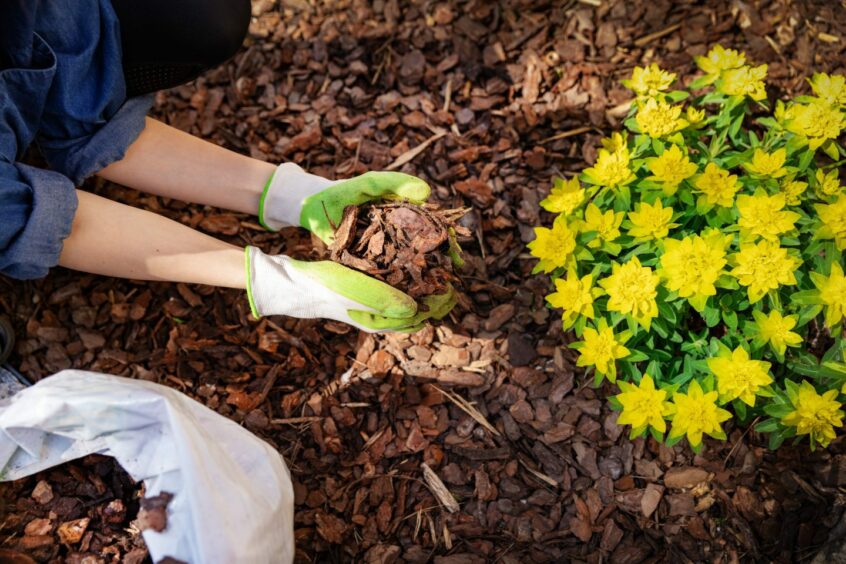
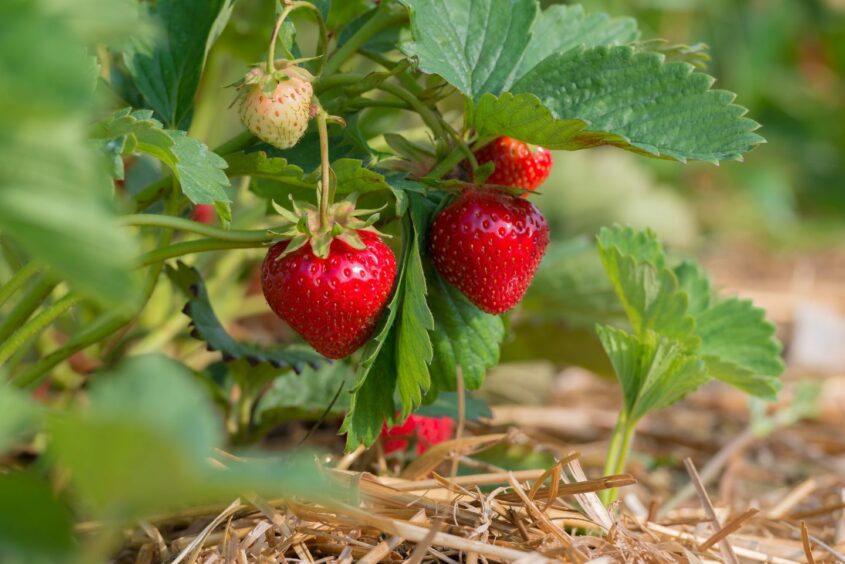
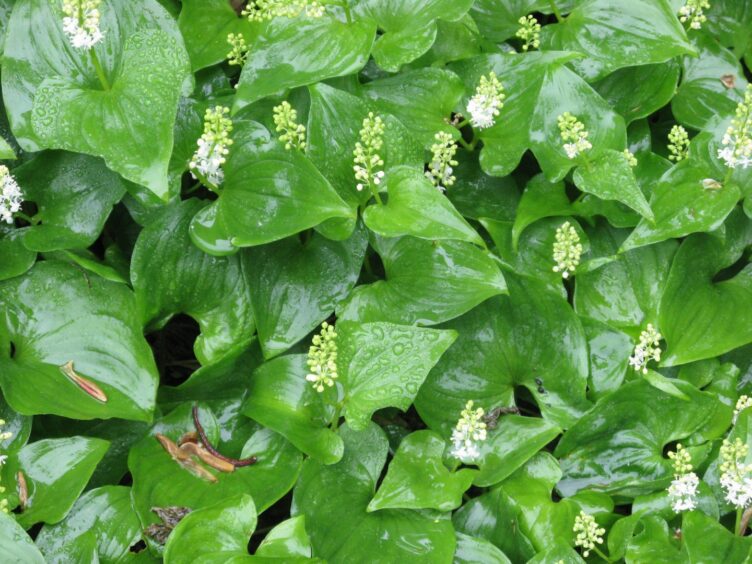
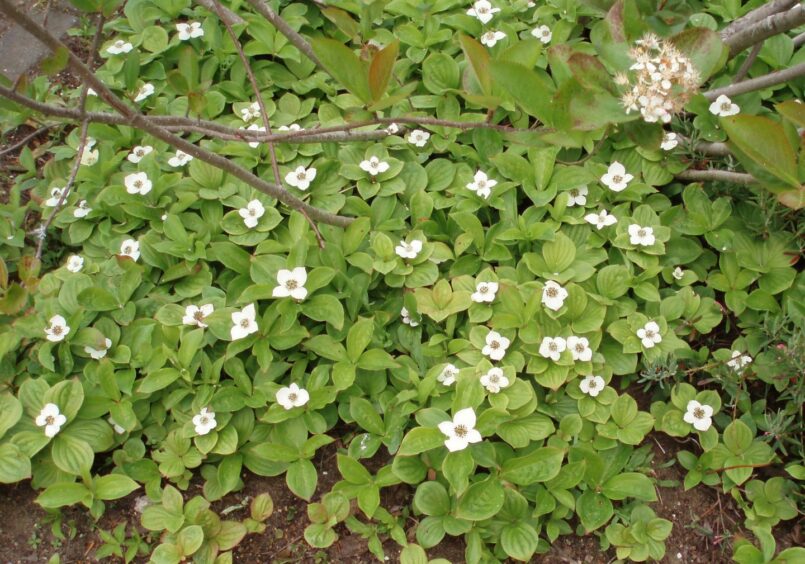





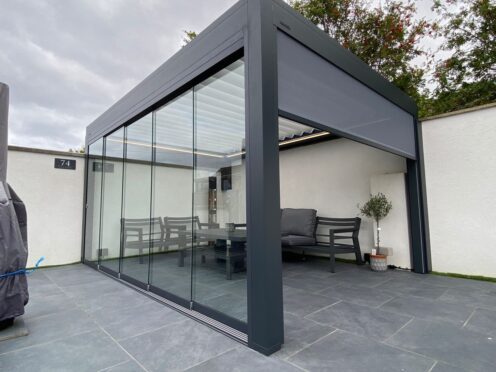




Conversation